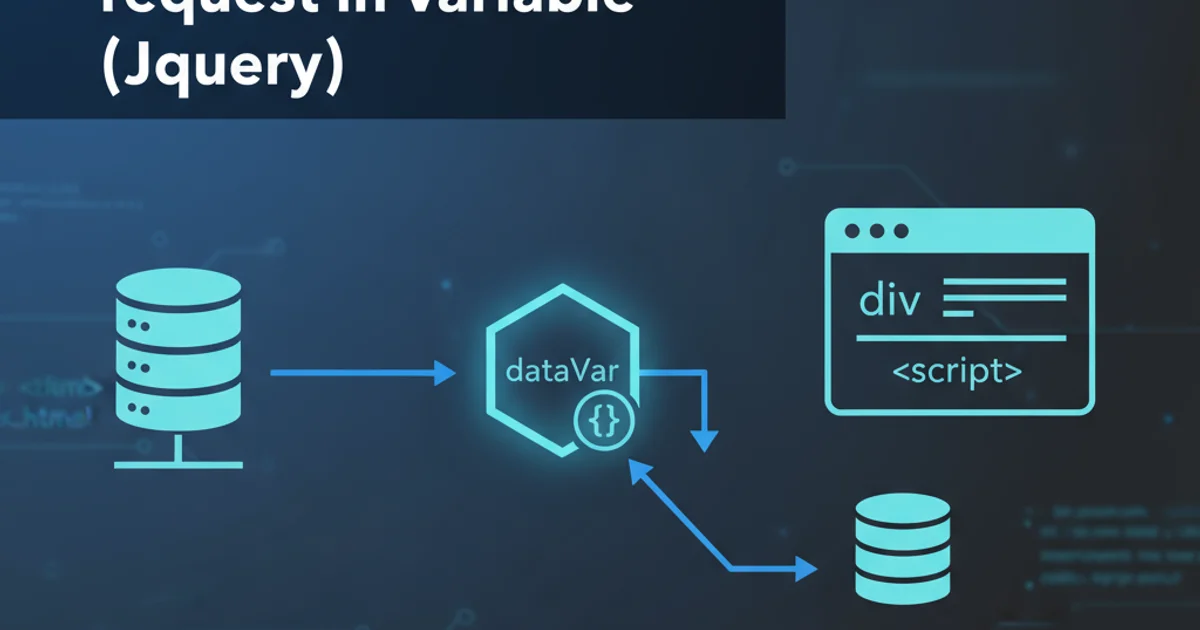How to change a table name using an SQL query?
How to Rename a Table in SQL: A Comprehensive Guide

Learn the various methods to rename a table in SQL, focusing on standard SQL and SQL Server-specific commands, along with best practices and potential pitfalls.
Renaming a database table is a common administrative task that can be necessary for various reasons, such as improving naming conventions, correcting errors, or aligning with new schema designs. While the core concept is straightforward, the exact syntax can vary significantly between different SQL database systems. This article will guide you through the process, covering standard SQL approaches and specific commands for SQL Server, along with important considerations.
Understanding Table Renaming Operations
When you rename a table, you're not just changing its label; you're updating metadata within the database system. This operation can have cascading effects on dependent objects like views, stored procedures, functions, and foreign key constraints. Therefore, it's crucial to understand the implications and perform the renaming carefully, especially in production environments.
flowchart TD
A[Start Rename Process] --> B{Identify Table to Rename}
B --> C{Check for Dependencies}
C -- Has Dependencies? --> D{Backup Database}
D --> E[Rename Table]
E --> F{Update Dependent Objects}
F --> G{Test Application/Queries}
G --> H[End Process]
C -- No Dependencies --> EWorkflow for renaming a database table, highlighting dependency checks.
Standard SQL Approach: ALTER TABLE RENAME TO
The SQL standard provides the ALTER TABLE RENAME TO statement for renaming tables. This is the most portable method and is supported by many modern relational database management systems (RDBMS) like PostgreSQL, MySQL (since 8.0.0), and Oracle. However, SQL Server does not directly support this syntax.
ALTER TABLE OldTableName
RENAME TO NewTableName;
Standard SQL syntax for renaming a table.
ALTER TABLE RENAME TO is standard, not all RDBMS implementations adhere to it for this particular operation.SQL Server Specific Method: sp_rename
For SQL Server (including SQL Server 2005, 2008, 2012, etc.), the standard ALTER TABLE RENAME TO syntax is not supported. Instead, you must use the system stored procedure sp_rename. This procedure is versatile and can rename various database objects, including tables, columns, and indexes.
EXEC sp_rename 'OldTableName', 'NewTableName';
Renaming a table in SQL Server using sp_rename.
sp_rename in SQL Server, be aware that it does not automatically update references to the renamed table in stored procedures, views, or functions. You will need to manually identify and update these dependencies, or your application might break. This is a significant difference compared to some other RDBMS that handle dependencies more gracefully.Handling Dependencies and Best Practices
Regardless of the method used, renaming a table can break existing queries, views, stored procedures, and applications that reference the old table name. Here are some best practices to mitigate risks:
1. Backup Your Database
Before performing any schema changes, especially in a production environment, always create a full backup of your database. This allows for recovery if anything goes wrong.
2. Identify Dependencies
Before renaming, identify all objects (views, stored procedures, functions, foreign keys, triggers, application code) that depend on the table. In SQL Server, you can use sp_depends 'OldTableName' or query system views like sys.sql_expression_dependencies.
3. Rename the Table
Execute the appropriate rename command for your database system.
4. Update Dependent Objects
Modify all identified dependent objects to reflect the new table name. This often involves scripting out the object, changing the name, and recreating it. For foreign keys, you might need to drop and recreate them.
5. Test Thoroughly
After renaming and updating dependencies, thoroughly test your application and all relevant queries to ensure everything functions as expected. This includes unit tests, integration tests, and user acceptance testing.
sys.sql_expression_dependencies to find objects that depend on your table. For example: SELECT OBJECT_NAME(referencing_id) AS referencing_object, * FROM sys.sql_expression_dependencies WHERE referenced_entity_name = 'OldTableName';